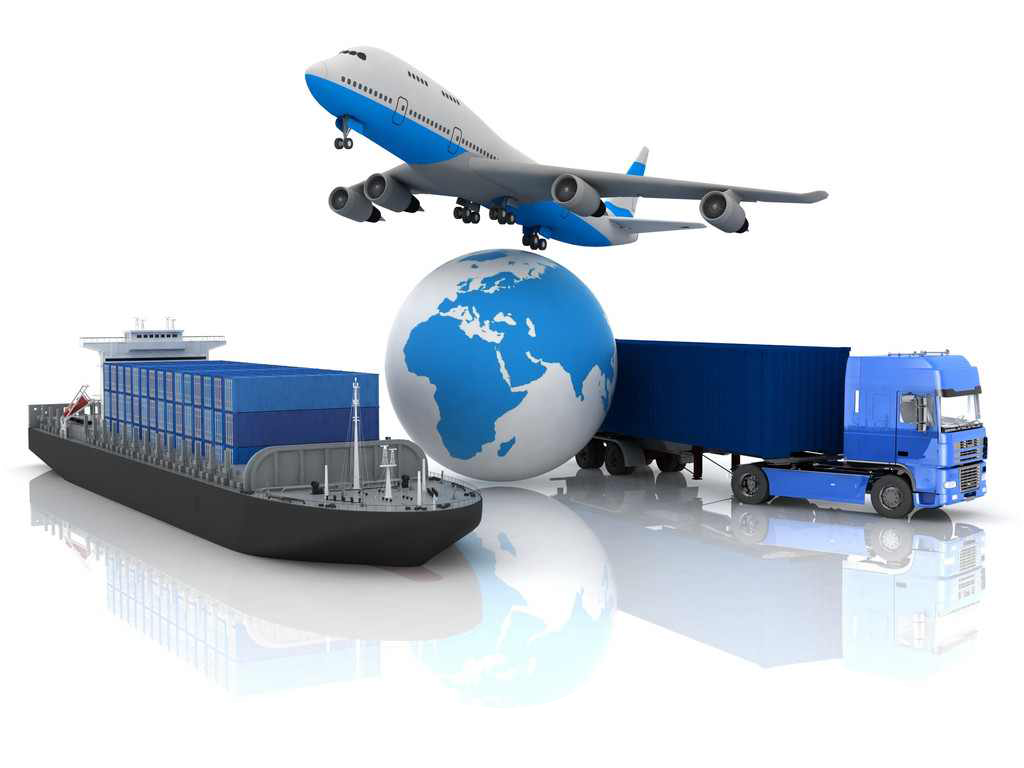welcome to EM

.
We have decades of experience in logistics
EM is your one-stop shop for international shipping and logistics needs. At competitive rates, our friendly staff will provide you with reliable, transparent, and personalized service, covering every detail of shipping your goods around the world. With over many years of experience as a freight forwarder, EM provides the know-how to handle any challenge that may arise with your imports or exports so you can focus on what you do best, building your business.
read moreYearly Done Orders
2200
Ocean Fright
2000
Road Fright
600
Air Freight











